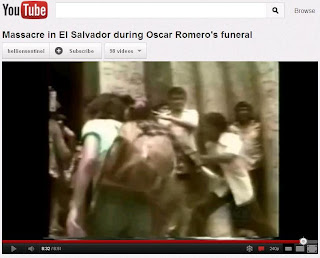 |
| A young Obama and girlfriend |
Nothing salacious or scandalous about the revelations as far as it can be said by what’s been published to date.
Part of the reason for this interest around the two women mentioned in Barack Obama: The Story is basically the fact that we now know their names. That both shared with Maraniss the letters and/or their private notes and recollections about him makes it, of course, more interesting.
Obama himself had previously mentioned having a white girlfriend when he wrote “Dreams of My Father” and there are many more additional details in Maraniss’ book.
Pick and choose were to go and what to read. You have this Washington Post blog entry about the girlfriends and also this other one with a list of politicians and their women, be it wives or just girlfriends.
One can always choose to read a whole excerpt of the book, as published by Vanity Fair magazine, which’s also publishing this interview with the biographer.
Both in the lead to the excerpt as well as in the introduction to the interview, Vanity Fair includes this invitation to the reader: “To see a picture of Obama and former girlfriend Genevieve Cook, pick up a copy of the June issue.” As you can see in the screenshot above, the magazine thunder has somewhat been stolen by Le Monde, where the blog entry “La girlfriend blanche de l’étudiant Obama” begins with the more or less sensational lead: “Voilà un mystère éclairci.”
The interview with the author in Vanity Fair I found less detailed than the Q&A Maraniss provides in his own website. Worth a read I think before reading the book.







